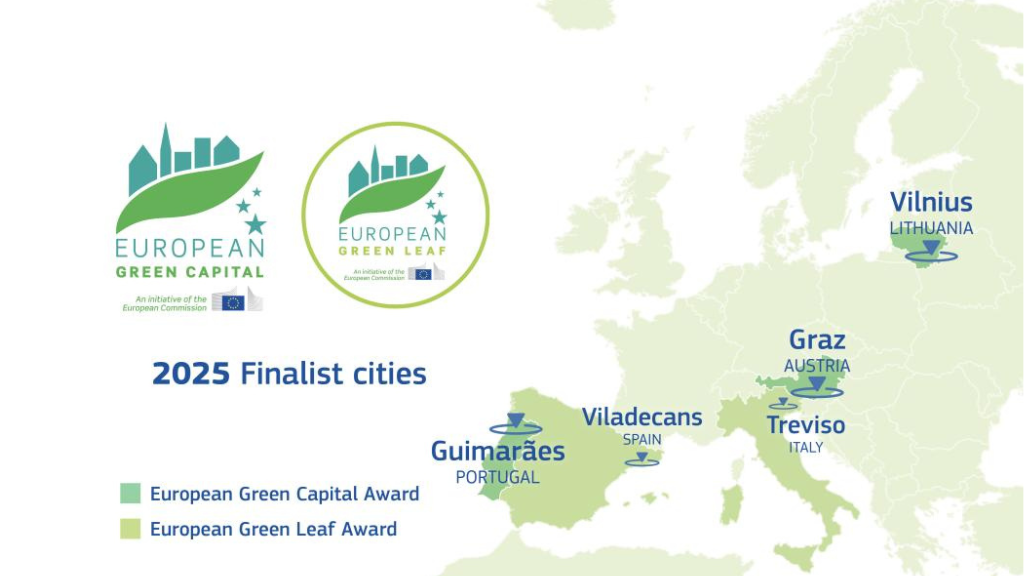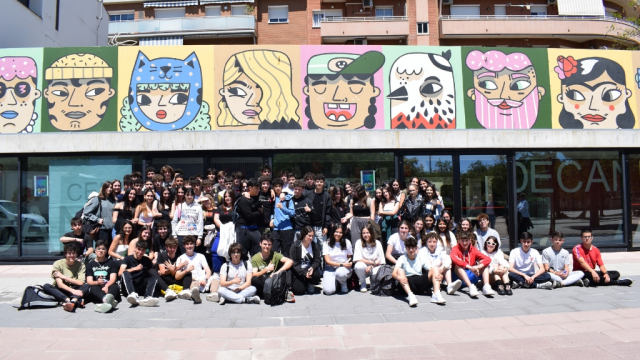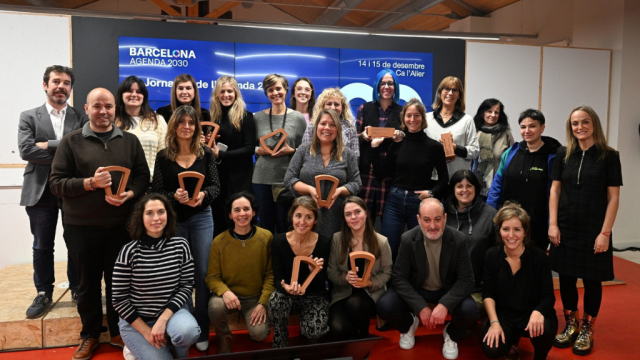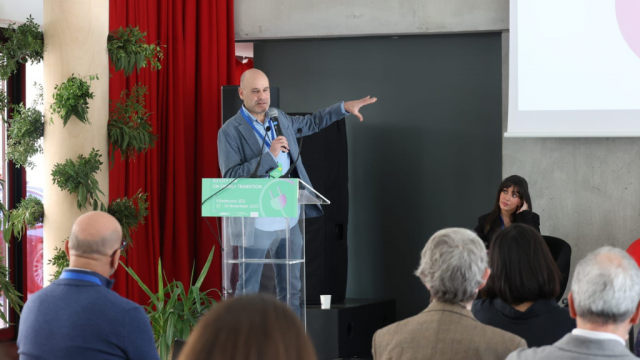
Viladecans together with Treviso (Italy), will be competing for the European Green Leaf Award 2025. The winner will be announced in this year’s European Green Capital Tallinn (Estonia) on 5 October 2023. The finalist cities will present themselves to a jury panel early October showing their overall environmental vision and governance, as well the communication strategy for their title year in case they win.
What is the European Green Leaf Award?
Building on the success of the Green Capital Award, the European Commission launched the European Green Leaf Award (EGLA) in 2015 to recognise cities of a smaller size. The European Green Leaf Award is presented on an annual basis by the European Commission in conjunction with the European Green Capital Award.
15 cities have won the European Green Leaf Award, between them, 2 catalan cities: Mollèt del Valles, Spain (2015) and Cornellà de Llobregat (2019).
What are the benefits?
Being a European Green Capital or a European Green Leaf brings many benefits long after the designated ‘winner’ year ends. Winners get attention on a European or international scale and attract investments and tourism. Greener cities cope better in times of climate change and biodiversity crisis.
Frontrunner cities create a spirit of optimism in their city, create a better quality of life for their citizens and thus get public support, which attracts more investors from private business but also national funding.
The jury panel will take place on 4-5 October and the winners will be announced on 5 October 2023 at a festive ceremony in Tallinn, the current European Green Capital.
Why does Viladecans applies for the Green Leaf Award?
Viladecans has an extensive experience in sustainability and ecological transition strategies and is fully committed to achieve all the medium and long-term objectives on which the green leaf award is framed.
Viladecans strategic documents foresee numerous initiatives to achieve these ambitious goals. Some examples:
1.Reducing CO2
2. Naturalizing the city and adapting the urban planning to make it more resilient, healthy and capturing CO2
3. Engaging citizens and stakeholders.



